The 5 most striking examples of art nouveau in Budapest
1) Bedő House
Named after its first owner, Transylvanian copper tycoon Bedő, this 1903 apartment building had some bad days, until it was renovated in 2007. The portals were remade and three apartments were added in the loft space. Nowadays there are a cafe and an art nouveau exhibition area downstairs, and two art galleries upstairs.
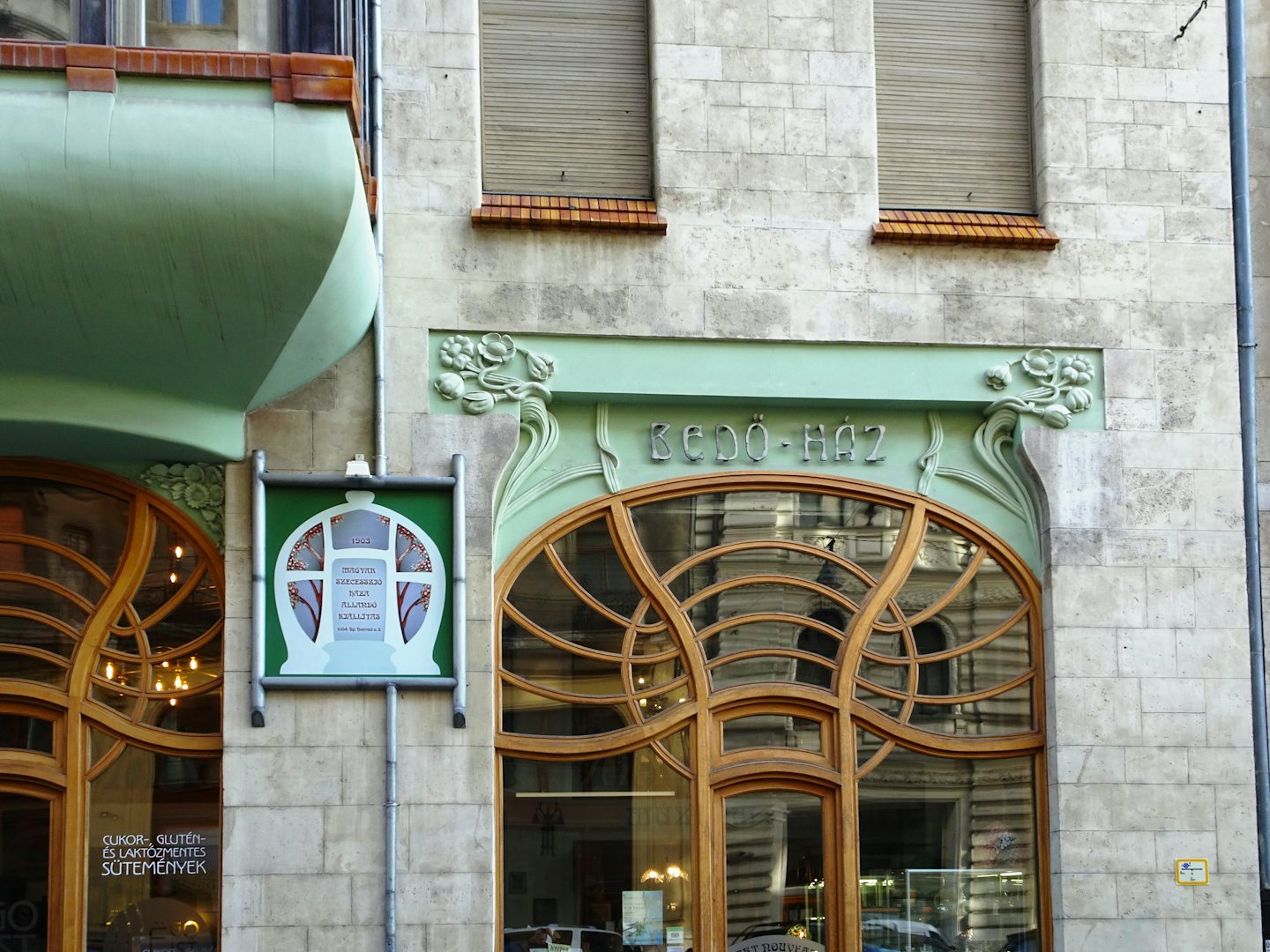
2) Royal Postal Savings Bank
The façade of this bank building from 1901 was designed by Ödön Lechner, a great art nouveau master. He used Hungarian folk patterns. The ornaments on the roof are hard to see from the narrow streets, but try to check out the beehives on top of the pilasters and the snakes of the rooftop – they symbolise volatility.
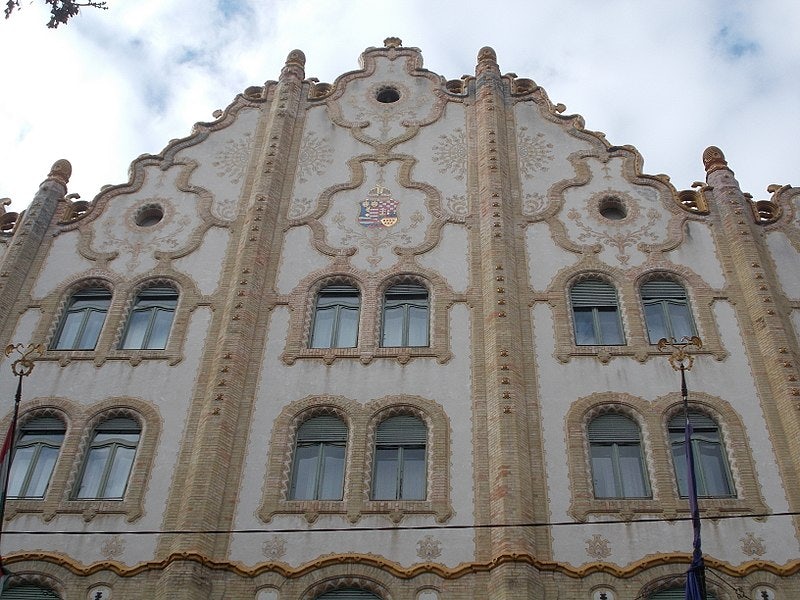
More hidden secrets of Budapest?
This guide helps you discover the best that Budapest has to offer. Hundreds of places to go, things to do, spots worth seeing, and interesting facts, hand-picked by a local author.
3) Music Academy
This opulent music palace, filled with paintings and other ornaments, was inaugurated in 1907. In 2013 it reopened after a thorough technical facelift and a restoration, staying true to the building’s origins. The courtyards were covered; they now house a nice cafe and a function room. Also air conditioning was installed, but luckily it’s very silent.
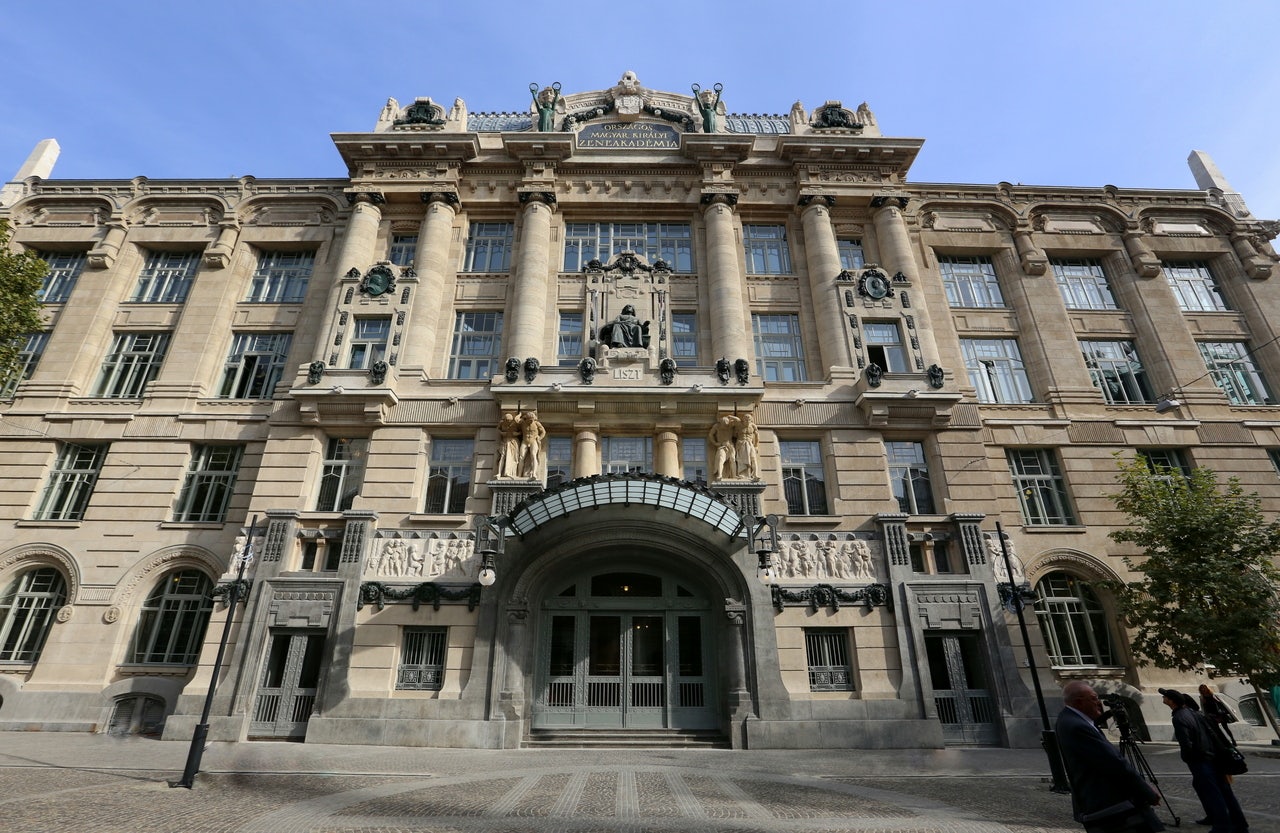
4) Egger Villa
This villa was built in the super-chic lane leading up to City Park. It was completed in 1902, as a forerunner of the building style in the street. Look at the wide and asymmetrical windows and balconies. Unfortunately you can’t visit the house, so you can’t see the incredible wooden stairs inside, luckily you can see photos on your smartphone, standing at the garden gate.
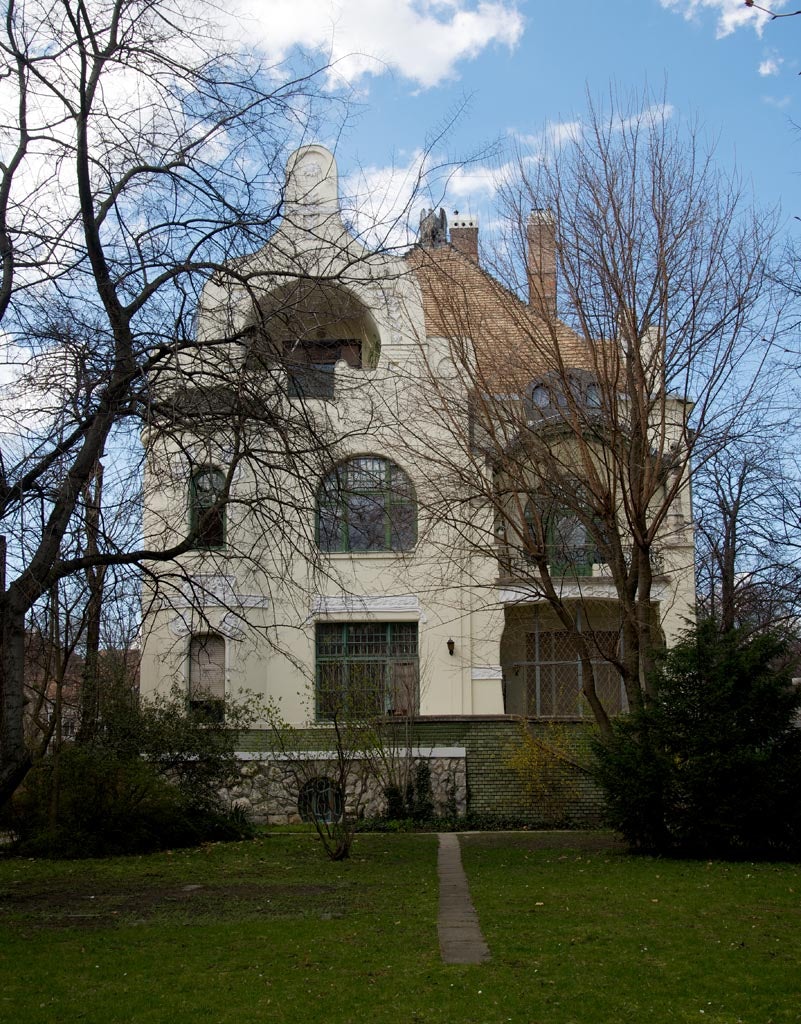
5) Szent László Church
One of the great buildings that make District X. (it means ‘stone quarry’) worth visiting is this elegant Catholic church. It was designed by Ödön Lechner and completed in 1899, and it looks like a perfect example of Art Nouveau – at least if you look at the exterior from a distance. Inside it is a hodgepodge of styles – you’ll discover Romanesque, Gothic, Baroque and Persian elements.
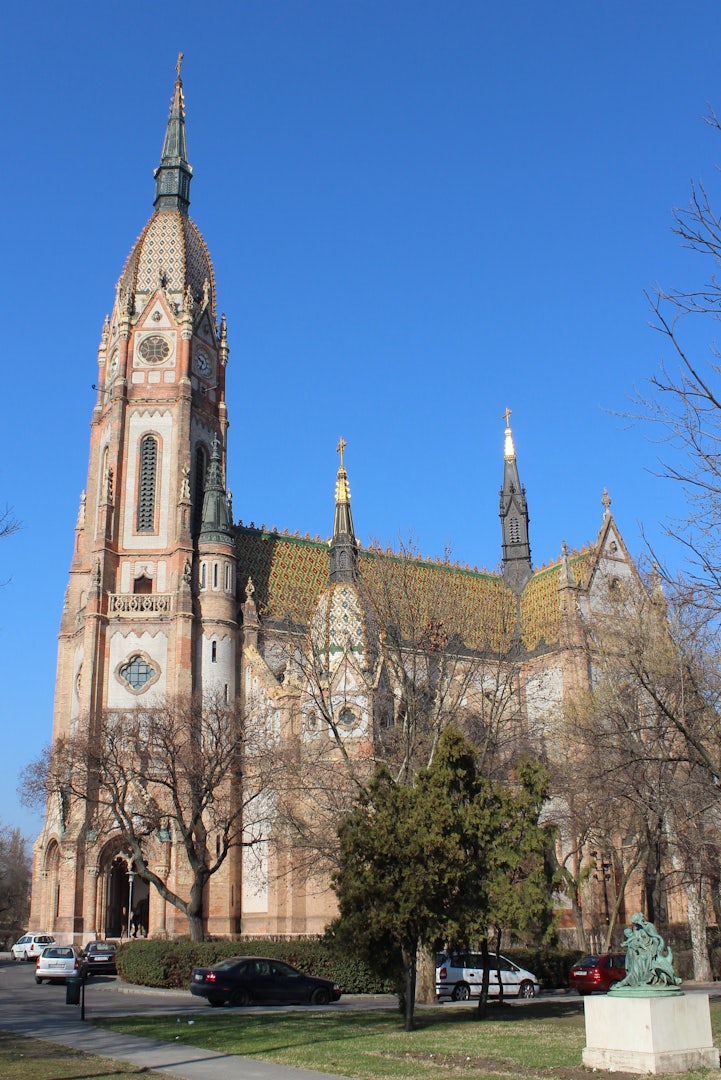
More hidden secrets of Budapest?
This guide helps you discover the best that Budapest has to offer. Hundreds of places to go, things to do, spots worth seeing, and interesting facts, hand-picked by a local author.
Join the community
Sign up for free to gain unlimited access to the website. Plus, you'll receive a 10% discount in our online bookshop.
Already a member? Log in. |
New here? Sign up. |